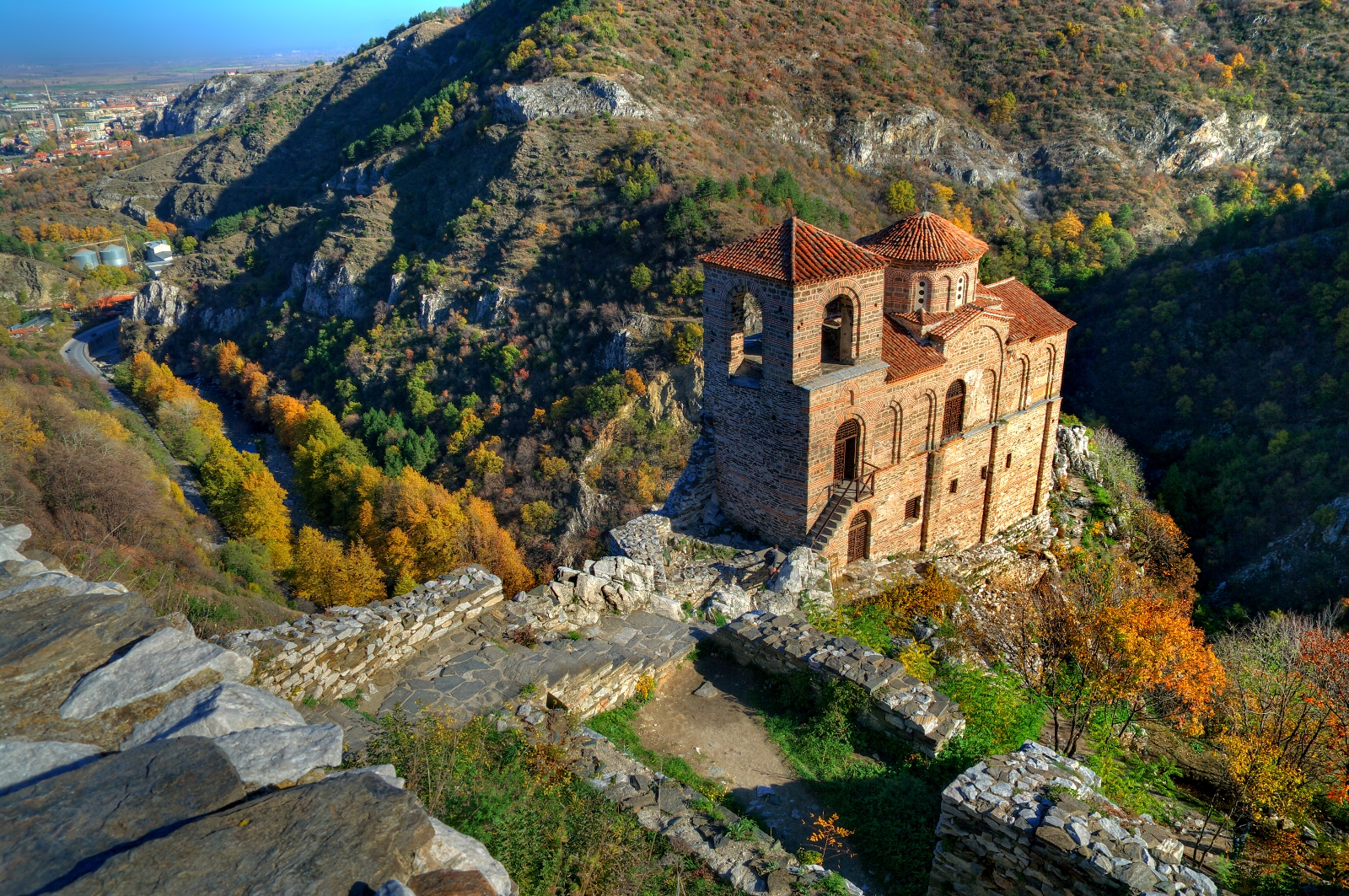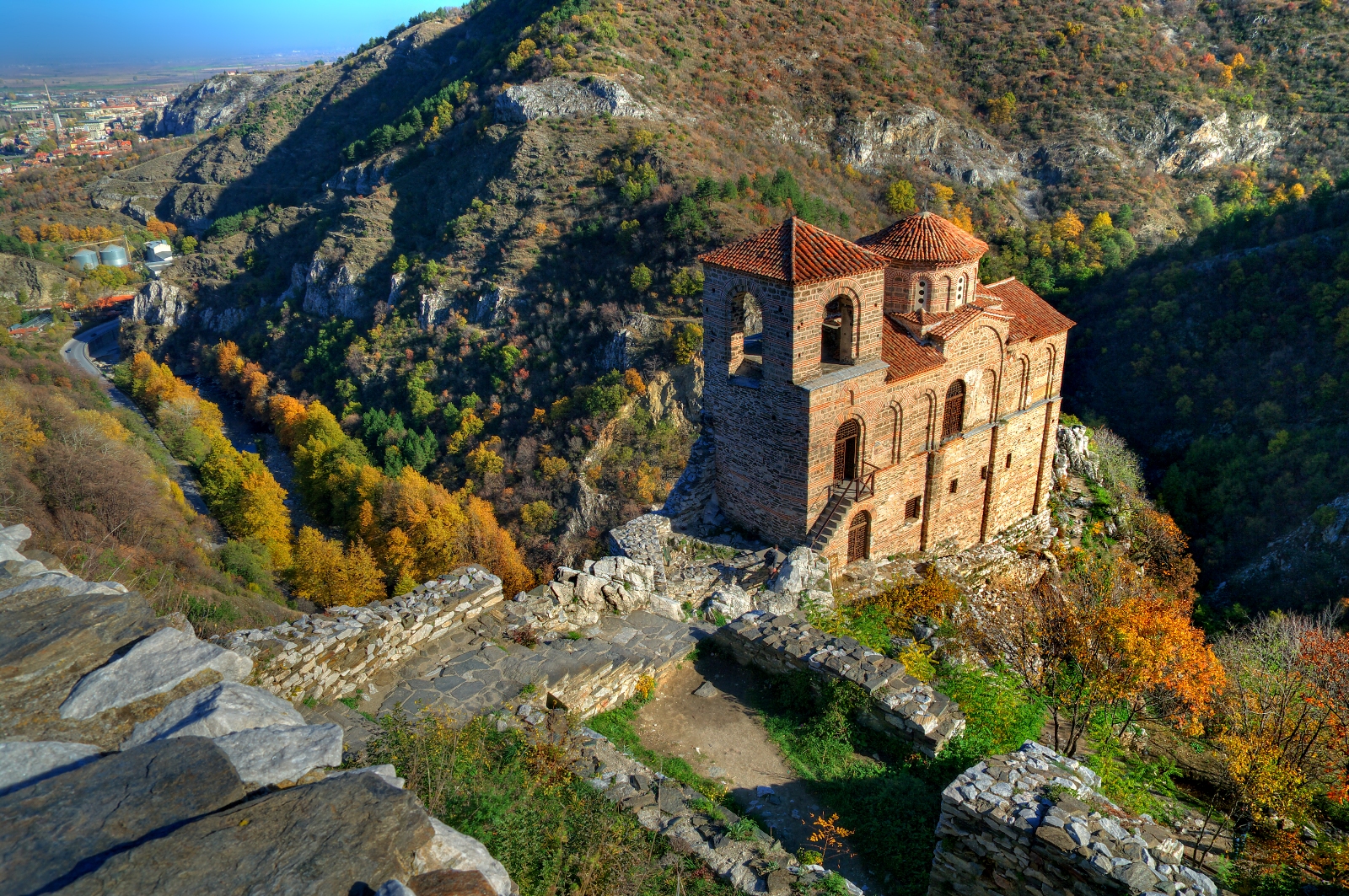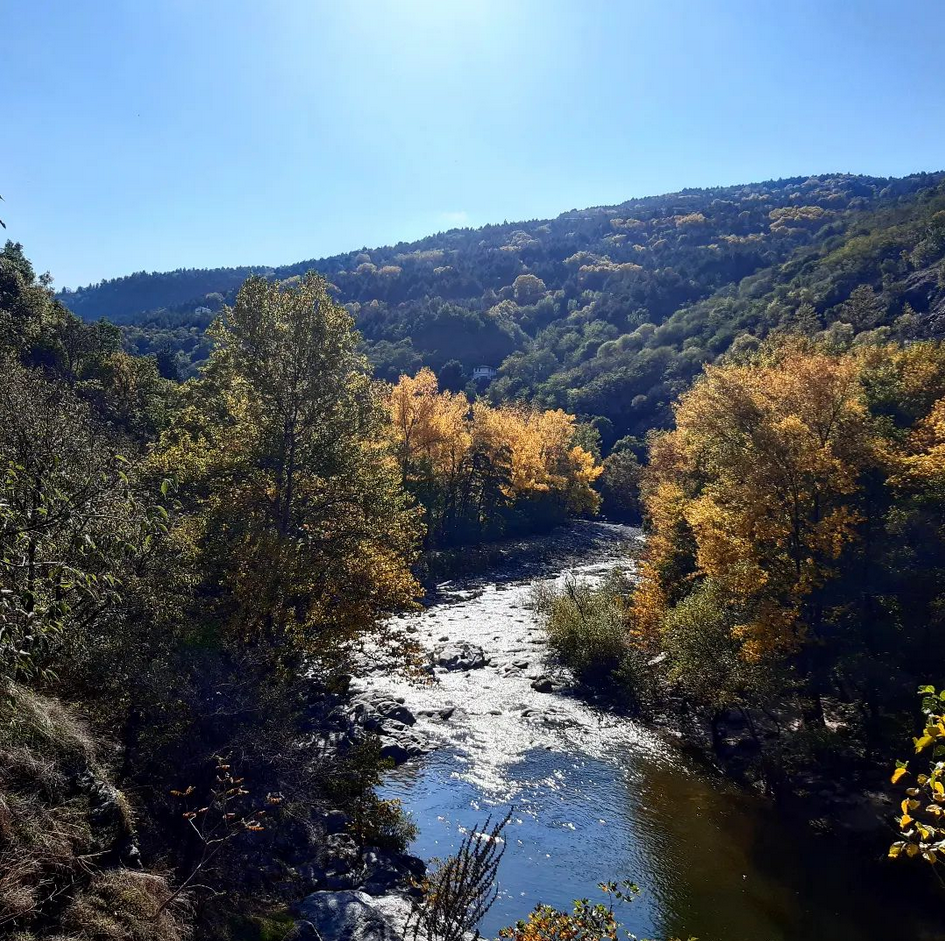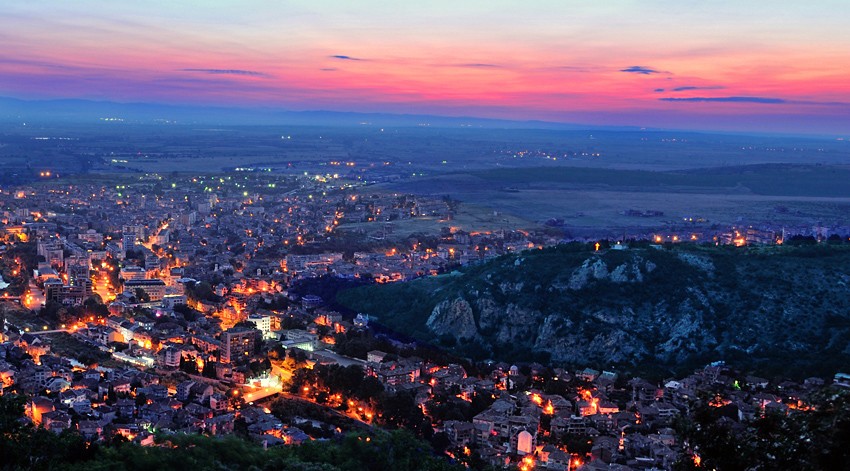Asenovgrad - "The Bulgarian Jerusalem"

History
The city is famous for its many churches, monasteries and chapels and is often called "Little Jerusalem".
Asenovgrad is a town in southern Bulgaria. It is located in Plovdiv district and is located 15 km south of Plovdiv and 167 km from the capital Sofia.
It is also known as the "City of Bridal Gowns" due to the large number of studios and shops for wedding dresses and accessories. Abroad, it is also famous for its wine tradition and good wine.
The city has a prerequisite for religious and cultural tourism because of its many churches and cultural attractions. Around the city there are a total of 5 monasteries, 15 churches and 58 chapels, historical, ethnographic, paleontological museum, and 2 km from the city is Assen's fortress.
The central geographical location of the city determines its importance from antiquity to the present day. Asenovgrad has an extremely favorable climate with cool summers and mild winters. In Asenovgrad you can see the natural phenomenon "Vechernik" - a light wind that appears in the evening and stops at ten o'clock in the morning.
The city is located in the gorge of the Chaya River. Therefore, the municipality of Asenovgrad provides a natural connection between Central Bulgaria, the Central Rhodopes and the Aegean.
Until 1934 Asenovgrad was called Stanimaka from the Greek name of the city Στενήμαχος, Stenimahos. In 1934 it was renamed in honor of Tsar Ivan Asen II of Asenovgrad. Asen's fortress is located above the town itself. It is among the Hundred National Tourist Sites. It has been declared a national cultural monument.
Asenovgrad was founded in the 7th century BC. under the name Stenimahos by 3,000 Greek colonists.
The city is strongly associated with the Christian religion. In the vicinity of the city there are exactly 80 religious temples - 5 monasteries, 15 churches and 58 chapels.
Asen's Fortress is located in the Rhodope Mountains, 2 km from Asenovgrad. The first written information about the fortress is from the XI century. This is a medieval fortress with the fortified church of the "Holy Mother of God Petrichka".
During the reign of Tsar Ivan Assen II it was strengthened and turned into an important military post in the defense of the southern borders of the Second Bulgarian Kingdom. The fortress has existed since the time of the Thracians, and was rebuilt by Byzantium in the IX century. It was named after Tsar Ivan Asen II, who in 1231 made a number of amendments to it in order to strengthen it.
The Bachkovo Monastery is a monastery near the village of Bachkovo and is located near the town of Asenovgrad. It is the second largest Bulgarian monastery after the Rila Monastery. The monastery was founded in 1083 by Gregory Bakuriani. Bachkovo Monastery is among the Hundred National Tourist Sites.
The monastery complex and the surrounding area have become a developed tourist place. Here tourists can try local food and buy typical products produced in the Rhodopes - rare herbs, homemade jam from wild fruits, goat and buffalo yogurt and cheese, Rhodope woolen blankets and more.
The monastery is in an extremely picturesque place and thanks to its rich history and beauty, makes it one of the most visited in Bulgaria. The greatest shrine of the Bachkovo Monastery is its icon of the "Most Holy Mother of God".






